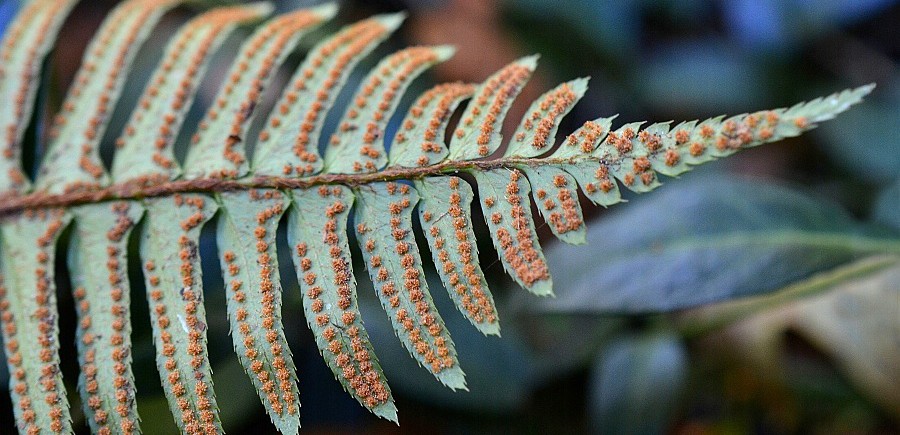
Be kind to everything that lives. —Unknown
We had an incredible woodpecker season. I’ve never seen so many pileated’s, downy’s, hairy’s, flickers, and red-breasted sapsucker’s in one place. Broods were successful, and fledglings a delight to watch. The suet hanging from the back deck was so busy, woodpeckers had to wait in line. Two fresh cakes were added every three days; a rapid pace that lasted three months. Among the hairy woodpeckers, one juvenile caught my attention, and stole my heart.
Hairy, arrived faithfully each morning, he with his suet, and me with my coffee on the back deck. The reddish-orange head patch that had receded to the top of the head indicated a juvenile male. But something about Hairy was different. His black feathers lacked vibrance, and his whites were dingy. There was also an unusual tameness about him. Oddly, he enjoyed a gentle stroke on the back as he ate his suet breakfast; his feathers, though dull in appearance, were as soft as silk. No matter what time of day, when I was outside, Hairy would fly in for suet, and forage for insects. His appetite was good. He was the most charming woodpecker I’d ever had the pleasure of meeting, and I quickly became attached, something I try to avoid when it comes to wildlife, but try as I may, Hairy had me by the heartstrings.
It was week two that I noticed odd behavior from my feathered friend. Hairy would fly to the cedar tree, perch on an old branch deliberately spared by the tree cutters last fall, and start peeping. Not a typical peeping, but a tone that sounded pitiful that bordered mournful. This went on for ten minutes without any response. Who was Hairy calling? And why was no one answering? I went to him, hoping to calm him, but he just kept peeping. I was sad for my friend, and felt helpless.

The following afternoon, Hairy returned to his favorite cedar tree, and displayed more odd behavior. He clutched the cedar trunk and fell asleep, completely in the open. His sharp dagger claws on auto-lock, kept him from tumbling to the ground. And without cover, he was vulnerable to hawks.

Over the next few days, Hairy continued his visits. Then, on a cool, overcast morning, while sitting on the back deck, Hairy flew in as he’d done every morning, but this time, he fluttered to the ground. Something was wrong. Hairy was grounded! I went after him, but he hopped from my reach. With stray cats prowling, and hawks patrolling, I couldn’t leave him. Catching a hopping woodpecker isn’t easy, so I took a fishing net, and netted him on the first try. I gently removed the netting, and held him close as he peep-peeped, and struggled strongly in protest. I stroked the back of his head, telling him everything would be ok, and he stopped squirming, and quieted down.
So, now that I had him, I wasn’t sure what to do with him. I checked him over, and saw and felt no obvious injuries. There was little I could do except show him some kindness before releasing him. I took him indoors, and gave him full reign of the bathroom. I sat on the floor, and Hairy perched on a towel on the edge of the bathtub. He was calm, alert, and curious as he hopped along the edge of the tub to inspect a basket of soap with his bill. Hairy was hungry, a good sign. It was time to return him back to the woods.



I took Hairy to South Bank where there is plenty of food and cover, and not far from Hairy’s cedar tree. I bent down next to the chunked hemlock loaded with insects. I opened my hands. Hairy was in no hurry to leave, but eventually, he did leave. Hairy went into woodpecker mode, cocking his head, listening for bugs in the hemlock wood. I wished Hairy well, and hoped he would recover from whatever had grounded him. I looked for Hairy each day thereafter, but I never saw him again.
Field Notes: The hairy woodpecker, Picoides villosus, is present year-round. It is a black and white, medium-sized woodpecker (a larger version of the downy) with a chiseled bill used for chipping wood, a barbed tongue for grasping insects, and long, stiff, tail feathers used for balancing. The hairy gets its name from the hairlike whiskers (filoplume) that cover the head, legs, and the base of the bill. These special feathers help during foraging, and keep nasal passages free from wood dust. Juvenile males and females have a red patch on the forehead that disappears in adult females. The red (sometimes reddish-orange) forehead patch on juvenile males fades and recedes to the crown that then fades and recedes to become a permanent (single, sometimes double) red patch on the back of the head of adult males.
Copyright 2017. All rights reserved.

You must be logged in to post a comment.